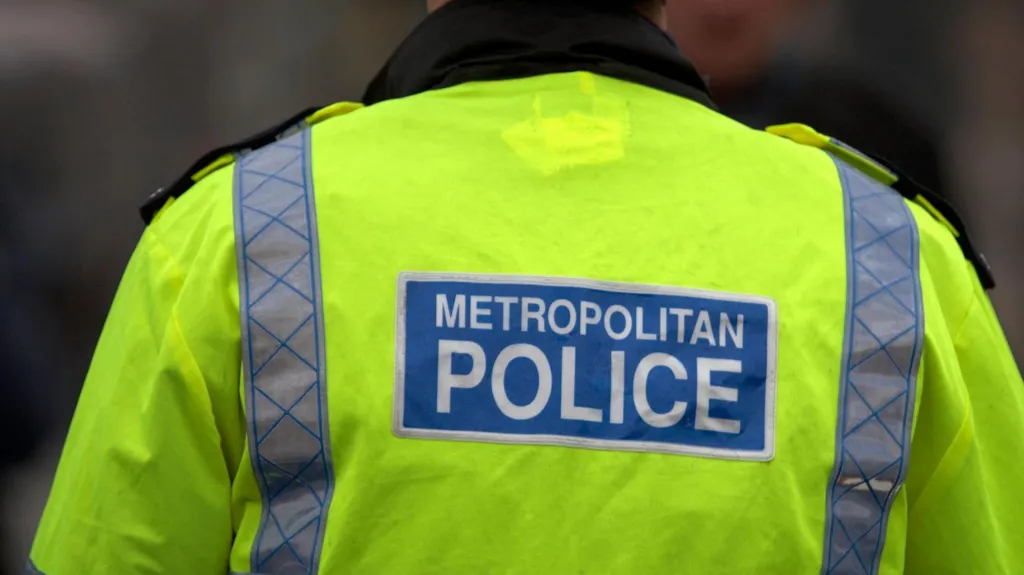Keith Kellogg, who served as Donald Trump’s Special Envoy to Ukraine, proposed in an interview with The Times newspaper on Saturday that British and French military forces could establish controlled zones within Ukraine.
Kellogg indicated these forces could take responsibility for areas located to the west of the Dnipro River, forming part of a “reassurance force” that would feature a demilitarized buffer between their territories and the eastern regions currently held by Russia.
He compared this situation to the post-World War II divisions of Berlin, where distinct zones were controlled by Russian, French, British, and U.S. forces, while later specifying on X that the United States would not send troops.
“You would be west of the Dnipro, which serves as a significant barrier,” Kellogg noted, suggesting that such a force would not provoke Russia at all.
The proposal included creating a demilitarized area in alignment with the current lines of control in eastern Ukraine, according to The Times.
Kellogg, an 80-year-old retired lieutenant general and former acting national security adviser to Trump, emphasized that Ukraine’s size allows for several military forces to oversee a ceasefire.
To prevent conflicts between British, French, Ukrainian, and other allied troops, Kellogg stated that a buffer zone would be essential.
“You would examine a map and establish—if I may call it this—a demilitarized zone,” he explained.
“You’d have a DMZ that could be monitored, alongside a no-fire zone,” continued Kellogg.
However, he acknowledged the likelihood of violations, saying, “But your ability to monitor that is straightforward.”
Since Russia began its full-scale invasion of Ukraine in February 2022, Kellogg expressed some skepticism about whether Russian President Vladimir Putin would agree to such proposals.
He later clarified his remarks on X, stating, “I was discussing a post-ceasefire resiliency force to support Ukraine’s sovereignty. When mentioning partitioning, I alluded to zones of responsibility for an allied force (without U.S. troops). I was NOT suggesting a partitioning of Ukraine.”
Britain and France are leading discussions among a 30-nation “coalition of the willing” regarding potentially sending forces to Ukraine to reinforce any ceasefire agreement that Trump might negotiate.
Officials in London and Paris are labeling this potential deployment as a “reassurance force,” intended to provide security assurances to Ukraine.
However, numerous uncertainties remain, including the size of the force, contributing nations, the mandate of the operation, and whether U.S. support would be guaranteed.
Putin, who has held power for 25 years through elections lacking genuine competition, has frequently questioned the “legitimacy” of Ukrainian President Volodymyr Zelensky, especially since Zelensky’s original five-year term will conclude in May 2024.
Due to Ukrainian legal standards, elections are suspended during significant military conflicts, and Zelensky’s domestic adversaries have unanimously stated that no elections should take place until after the fighting ends.
Kellogg remarked, “If you reach a ceasefire, elections will follow.”
“I believe Zelensky is amenable to that once a ceasefire is achieved and some resolution is in place. But ultimately, that decision rests with the Ukrainian people and parliament—not us.”
Additionally, Kellogg noted that relations between Ukraine and the United States are “back on track,” highlighting renewed discussions regarding a potential deal involving Ukraine’s mineral resources.
He mentioned that officials aim to transform a “business deal” into a “diplomatic deal” in the upcoming days.

